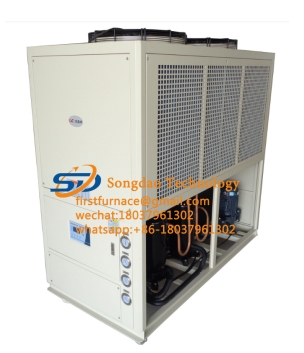- 30
- Sep
Refrigerant leak detection method
Refrigerant leak detection method
Visual leak detection
When oil stains are found somewhere in the system, this may be a leakage point.
Visual leak detection is simple and easy, no cost, but there are major defects, unless the system suddenly breaks and the system leaks

It is a liquid colored medium, otherwise the visual leak detection will not be able to locate, because the leakage area is usually very small.
Soapy water leak detection
Fill the system with nitrogen at a pressure of 10-20kg/cm2, and then apply soapy water to each part of the system. The bubbling point is the leakage point. Do this
The method is the most common leak detection method at present, but the human arm is limited, the human vision is limited, and often no leaks can be seen.
Nitrogen water leak detection
Fill the system with nitrogen at a pressure of 10-20kg/cm2 and immerse the system in water. The bubbling point is the leakage point. This method and the previous
The soapy water leak detection method is essentially the same. Although the cost is low, it has obvious shortcomings: the water used for leak detection is easy to enter the system, resulting in the system
The materials are corroded, and the high-pressure gas may also cause greater damage to the system, and the labor intensity during leak detection is also very large.
This increases the cost of maintenance and repair.
Halogen lamp leak detection
Ignite the leak detection lamp and hold the air tube on the halogen lamp. When the nozzle is close to the system leakage, the flame color changes to purple blue, which means
There are a lot of leaks here. This method produces open flames, which is not only dangerous, but the combination of open flames and refrigerants can produce harmful gases.
It is not easy to accurately locate the leakage point outside. So this method is hardly used by anyone now. If you can see it, it may be
Non-civilized society stage.
Gas differential pressure leak detection
Using the pressure difference between the inside and outside of the system, the pressure difference is amplified by the sensor, and the leak detection result is expressed in the form of digital or sound or electronic signals.
fruit. This method can only “qualitatively” know whether the system is leaking and cannot accurately find the leak point.
